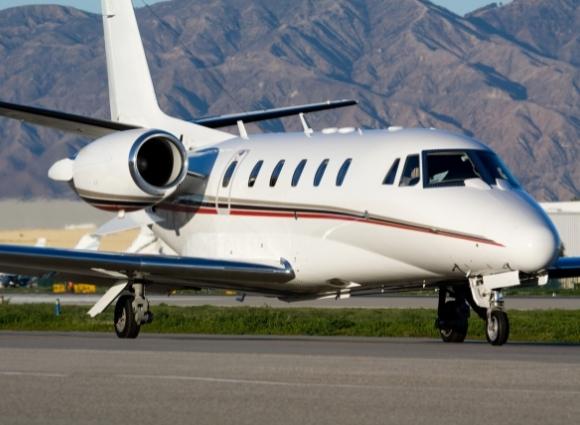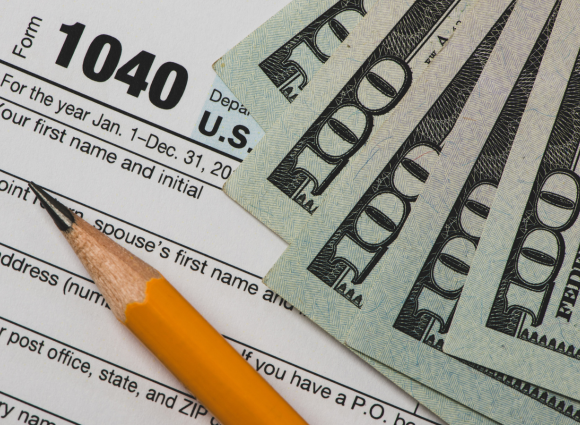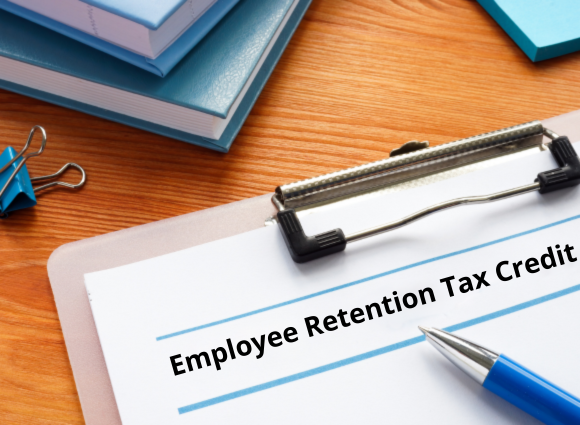
The Ins and Outs of Owning a Corporate Airplane
If you travel a lot for business and have been considering the purchase of your own aircraft, you’ll want to be aware of the basic tax rules:
In most cases, if you use the plane only for ordinary and necessary business travel, its entire cost can be deducted for the year in which it’s placed in service, with two exceptions:
- When 100% bonus depreciation or Section 179 does not apply;
- When you’ve elected out of 100% bonus depreciation and you haven’t made the Section 179 election
In those situations, the depreciation schedule is as follows:
- Year 1 – 20%
- Year 2 – 32%
- Year 3 – 19.2%
- Year 4 – 11.52%
- Year 5 – 11.52%
- Year 6 – 5.76%
The bonus depreciation rate is scheduled to phase down after 2022.
You might be comparing these cost recovery rules to those for automobiles used for business. The business auto rules have annual caps on depreciation as well as depreciation and Section 179 for the year in which a car is placed into service.
For ongoing maintenance and repair, aircraft are treated in the same way as other machinery and equipment. Routine expenditures are deductible immediately, while expenses to improve or restore the aircraft must be capitalized and depreciated.
It’s important to maintain good records to ensure the business purpose of expenses is well-documented.
Tax Treatment of Personal Travel
The value of personal use of the aircraft should be included as compensation for the affected individual, with appropriate withholding and reporting of that amount. If that individual is at least a 10% owner, director, officer or another person related to the corporation, the amount of the deduction for otherwise-deductible costs allocable to the personal travel can’t exceed the travel value.
This is a brief overview of the rules involved in owning and operating corporate aircraft. For more information, contact your tax professional.



